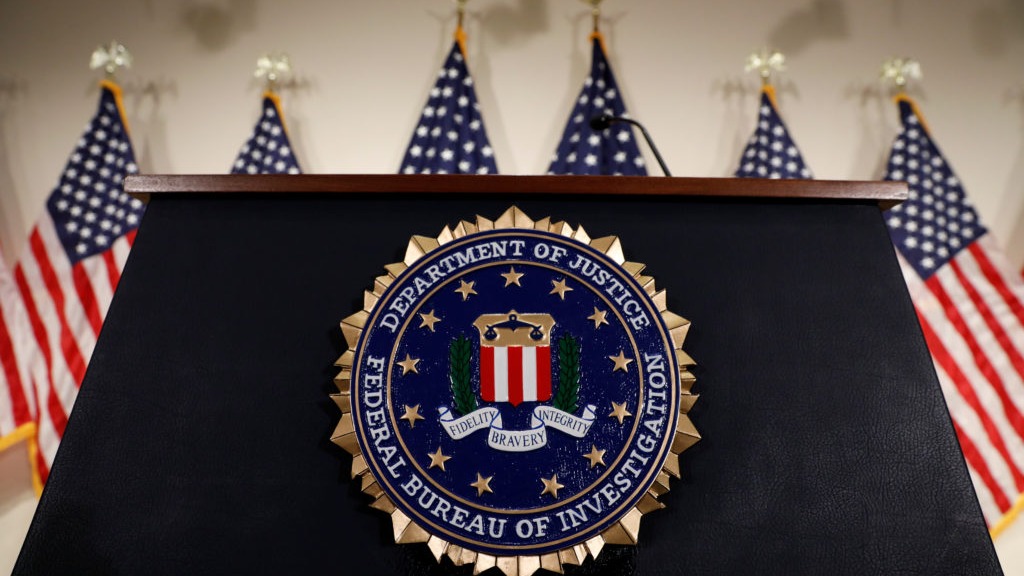
Understanding the Recent Cybersecurity Shake-Up
Last month, President Trump introduced an executive order (EO) aimed at revitalizing the U.S. cybersecurity landscape. This event has sparked debate among industry leaders, military personnel, and cybersecurity experts about its implications for protecting the nation's critical infrastructure. The EO focuses on defending against threats, notably naming the People's Republic of China as a significant risk. Notably, while modifications were made, the Defense Federal Acquisition Regulations will remain unchanged, maintaining stringent standards for defense contractors.
The Shift in Cybersecurity Strategy
The executive order alters key cybersecurity protocols, including the removal of collaborative measures for using artificial intelligence in safeguarding critical infrastructure. Experts like Willy Leichter from PointGuard AI express concern that such rollbacks could misallocate focus in a world where cyber threats are ever-evolving. This shift resonates deeply with military families, including active duty service members and veterans, who often have a personal stake in the security of our nation.
Concerns from Security Experts
Many cybersecurity professionals, including Lawrence Pingree, emphasize that neglecting established protection strategies may invite risks reminiscent of the SolarWinds or WannaCry breaches. As a military spouse with a keen understanding of transitions and change, I empathize with the worry this generates. For many in the military community, the national cybersecurity ecosystem is directly tied to their peace of mind, especially considering the families often move from base to base, juggling new challenges.
Regulatory Perspectives: Balancing Innovation and Safety
The ongoing debate hinges on balancing regulatory measures and innovation. Advocates for tighter regulations argue that they push industries to enhance their security measures, which in turn can safeguard not just military installations but also civilian enterprises. With the fight against evolving threats, it’s crucial to ensure that innovation aligns with security, helping both military and civilian sectors prepare for potential risks.
How This Affects Military Families
For service members and their spouses, awareness of cybersecurity is not just professional—it's personal. Active duty service members often find themselves at the forefront of technology and security innovation. As military families settle into new communities, understanding these regulations can guide their future job prospects, particularly for those in tech or IT fields. Resources like AristaHire facilitate the transition to civilian careers and highlight the importance of continuous improvement in cybersecurity measures.
Conclusion: The Path Forward in Cybersecurity
As the discussion surrounding this EO continues, members of the military community should stay informed about changes in cybersecurity practices that could impact them both personally and professionally. It’s crucial to engage with organizations that advocate for enhanced job opportunities in cybersecurity for veterans. By understanding these fluctuating policies, military families can better prepare for transitions, adjusting to both new job prospects and the prevailing threats in the digital landscape.
 Add Row
Add Row  Add
Add 




Write A Comment